- About us
- Support the Gallery
- Venue hire
- Publications
- Research library
- Organisation chart
- Employment
- Contact us
- Make a booking
- Onsite programs
- Online programs
- School visit information
- Learning resources
- Little Darlings
- Professional learning
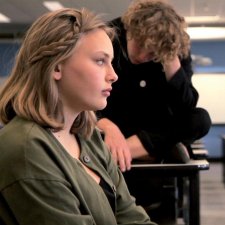
Artist David M Thomas lists some of the ideas and influences behind his video portraits.
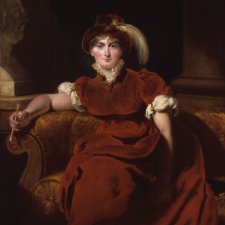
Anne Sanders writes about the exhibitions Victoria & Albert: Art & Love on display at the Queen's Gallery, Buckingham Palace and the retrospective of Sir Thomas Lawrence at the National Portrait Gallery, London.

As a convict Thomas Bock was required to sketch executed murders for science; as a free man, fashionable society portraits.
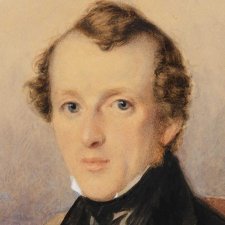
Michael Desmond examines the career of the eighteenth-century suspected poisoner and portrait artist Thomas Griffiths Wainewright.
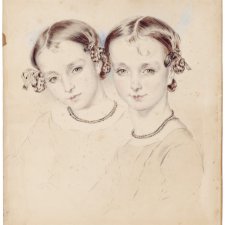
Joanna Gilmour explores the life of a colonial portrait artist, writer and rogue Thomas Griffiths Wainewright.
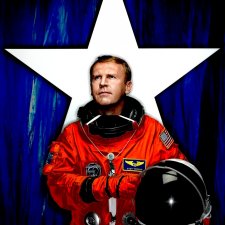
Magda Keaney talks with Montalbetti+Campbell about their photographic portrait of Australian astronaut Andy Thomas.
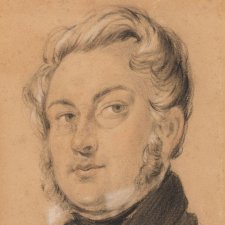
Whether the result of misadventure or misdemeanour, many accomplished artists were transported to Australia where they ultimately left a positive mark on the history of art in this country.
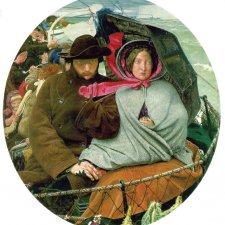
In 2006 the National Portrait Gallery acquired a splendid portrait of Victoria's first governor, Lieutenant Governor Charles Joseph La Trobe by Thomas Woolner.
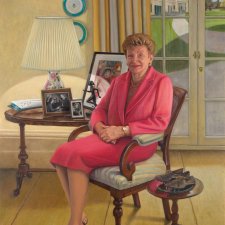
As part of its ongoing program of commissions of portraits of prominent Australians, the National Portrait Gallery has unveiled a portrait of Her Excellency Marjorie Jackson-Nelson by South Australian artist Avril Thomas.
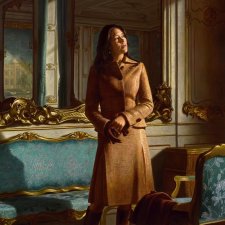
Mette Skougaard and Thomas Lyngby bring eloquent context to Ralph Heimans’ portraits of Crown Princess Mary and Crown Prince Frederik of Denmark.
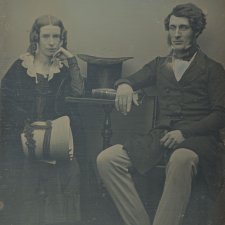
At just 7.8 x 6.2 cm, the daguerreotype of Thomas Sutcliffe Mort and his wife Theresa is one of the smallest works in the collection of the National Portrait Gallery.

Australian Galleries Director Stuart Purves tells the story of two portraits by John Brack.
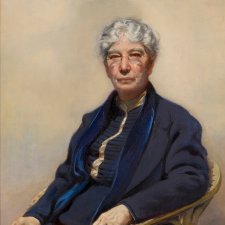
Dr Sarah Engledow explores the portraits of writers held in the National Portrait Gallery's collection.
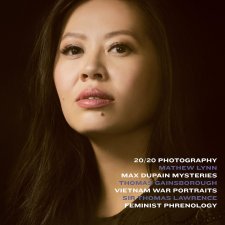
Max Dupain's unknown portrait subjects, phrenologist Madame Sibly, Indigenous-European relationships, Thomas Gainsborough and more.

This issue of Portrait Magazine features Bill Leak's portrait of Robert Hughes, Polly Borland's photographs, Bill Brandt, Andy Thomas, Tracey Moffatt and more.
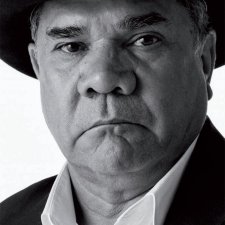
This issue features suspected poisoner and portrait artist Thomas Wainewright, Rick Amor, Chuck Close, Mick Dodson, Scott Redford, the National Photographic Portrait Prize exhibition and more.
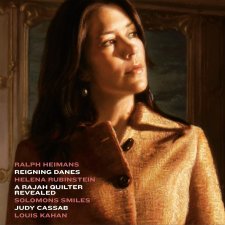
Ralph Heimans on his portraits, and features on Louis Kahan, Helena Rubinstein, Judy Cassab and Tasmanian convicts.
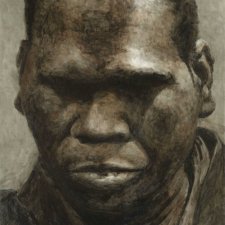
Dr G Yunupingu (1970-2017), a man of the Gumatj clan of north-east Arnhem Land, learned to play guitar, keyboard, drums and didgeridoo as a child.
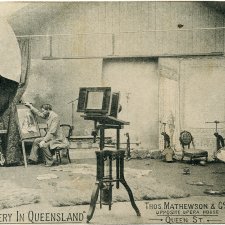
Phil Manning celebrates a century of Brisbane photographic portraiture.
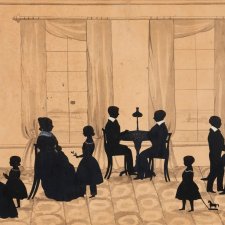
The National Portrait Gallery acquired a beguiling silhouette group portrait by Samuel Metford, an English artist who spent periods of his working life in America.
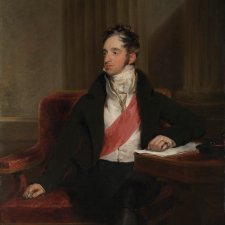
Angus Trumble salutes the glorious portraiture of Sir Thomas Lawrence.
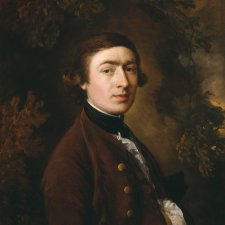
David Solkin ponders the provocations and inspirations of the enigmatic Thomas Gainsborough.
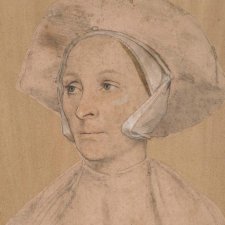
An exhibition devoted to Hans Holbein's English commissions shows the portraitist bringing across the Channel new technical developments in art - with a dazzling facility.
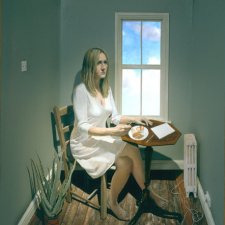
Lecture by Sandy Nairne, Director, National Portrait Gallery, London, given at the National Portrait Gallery, Canberra on 28 April 2006.
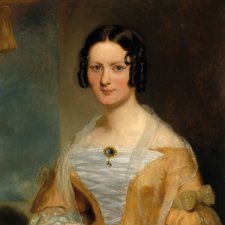
Henry Mundy's portraits flesh out notions of propriety and good taste in a convict colony.
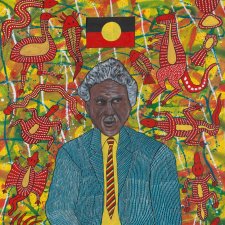
Michael Desmond discusses the portrait of Senator Neville Bonner by Robert Campbell Jnr.
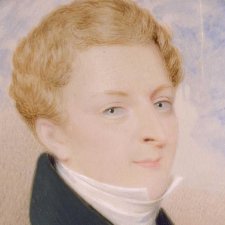
The acquisition of the ivory miniatures of Mortimer and Mrs Lewis.
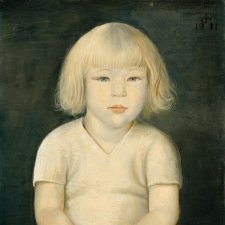

Magda Keaney examines the 123 Faces project by Simon Obarzanek.
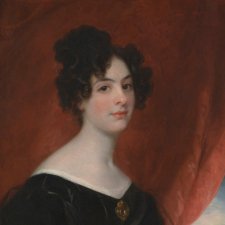
Joanna Gilmour explores the life of colonial women Lady Ellen Stirling, Eliza Darling, Lady Eliza Arthur, Elizabeth Macquarie and Lady Jane Franklin.
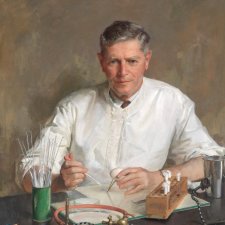
This edited version of a speech by Andrew Sayers examines some of the antecedents of the National Portrait Gallery and set out the ideas behind the modern Gallery and its collection.
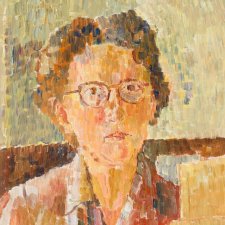
The National Portrait Gallery acquired the self-portrait by Grace Cossington Smith in 2003.
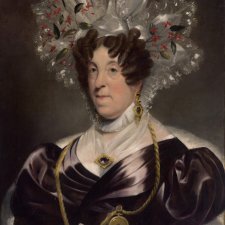
Joanna Gilmour describes how colonial portraitists found the perfect market among social status seeking Sydneysiders.
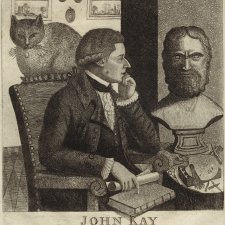
Joanna Gilmour presents John Kay’s portraits of a more infamous side of Edinburgh.

Celebrating a new painted portrait of Joseph Banks, Sarah Engledow spins a yarn of the naturalist, the first kangaroo in France and Don, a Spanish ram.
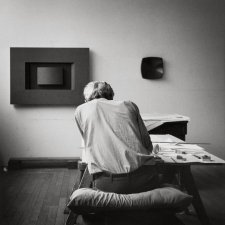
An extract from the 2004 Nuala O'Flaaherty Memorial Lecture at the Queen Victoria Musuem and Art Gallery in Launceston in which Andrew Sayers reflects on the unique qualities of a portrait gallery.
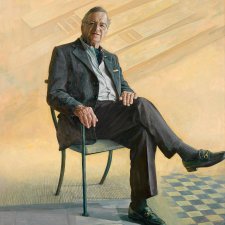
A new painting by Jiawei Shen captures the vision and resolve of the Gallery's founder, L. Gordon Darling AC CMG.
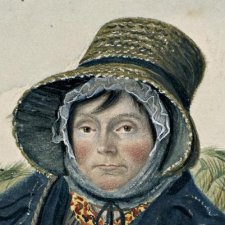
Dempsey’s People curator David Hansen chronicles a research tale replete with serendipity, adventure and Tasmanian tigers.
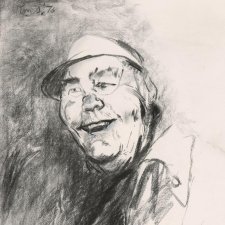
Michael Desmond explores what makes a portrait subject significant.
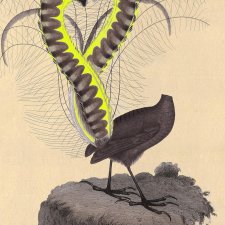
Emma Kindred looks at the career of Joan Ross, whose work subverts colonial imagery and its legacy with the clash of fluorescent yellow.
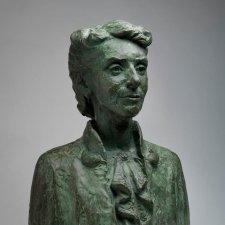
Andrew Sayers outlines the highlights of the National Portrait Gallery's display of portrait sculpture.
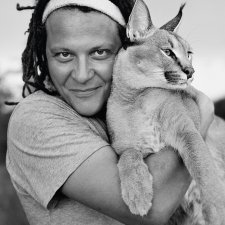
Exploring the photographs of Martin Schoeller, Michael Desmond delves into the uneasy pact that exists between celebrity and the camera.
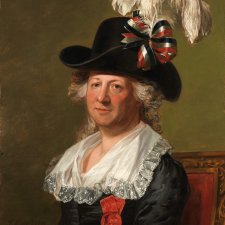
Jane Raffan asks do clothes make the portrait, and can the same work with a new title fetch a better price?
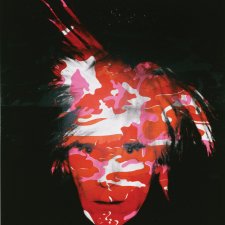
David Ward writes about the exhibition Hide/Seek: Difference and Desire in American Portraiture on display at the National Portrait Gallery, Washington.

Sarah Engledow on Messrs Dobell and MacMahon and the art of friendship.
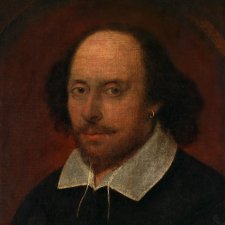
Joanna Gilmour travels through time to explore the National Portrait Gallery London’s masterpieces in Shakespeare to Winehouse.
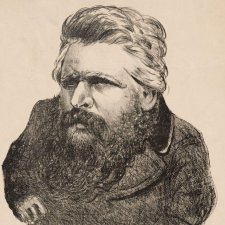
Joanna Gilmour on Tom Durkin playing with Melbourne's manhood.
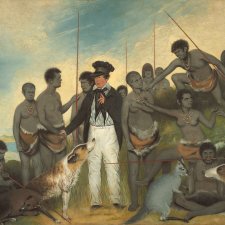
Gareth Knapman explores the politics and opportunism behind the portraits of Tasmania’s Black War.
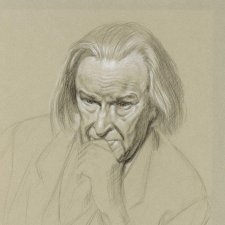
Joanna Gilmour delves into a collection display that celebrates the immediacy and potency of drawing as an art form in its own right.
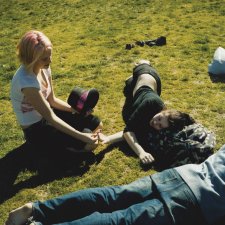
Christopher Chapman considers photographer Rozalind Drummond's portrait of author Nam Le.
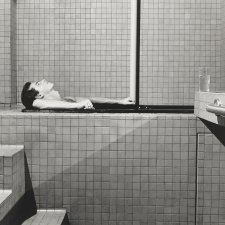
Christopher Chapman delights in the intimacy of Robert Mapplethorpe's photography
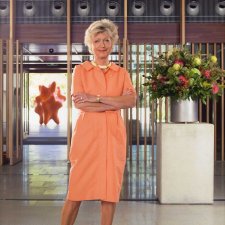
Portraits of philanthropists in the collection honour their contributions to Australia and acknowledge their support of the National Portrait Gallery.
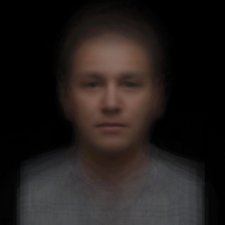
Michael Desmond reveals the origins of composite portraits and their evolution in the pursuit of the ideal.
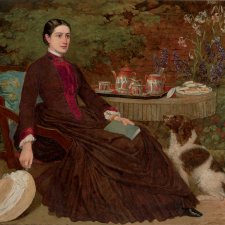
Malcolm Robertson tells the family history of one of Australia's earliest patrons of the arts, his Scottish born great great great grandfather, William Robertson.
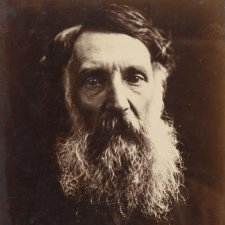
The National Portrait Gallery's acquisition of the portrait of Edward John Eyre by pioneering English photographer Julia Margaret Cameron.
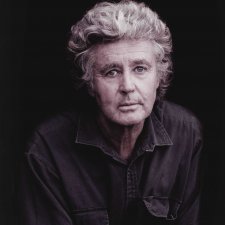
Cartoonist Michael Leunig's insights into the human condition and current affairs have become famous Australia-wide.
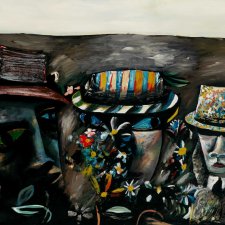
Dr. Sarah Engledow explores the context surrounding Charles Blackman's portrait of Judith Wright, Jack McKinney and their daughter Meredith.
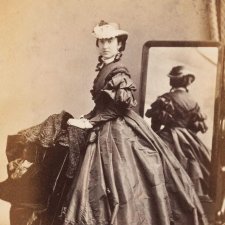
The death of a gentlewoman is shrouded in mystery, a well-liked governor finds love after sorrow, and two upright men become entangled in the historical record.
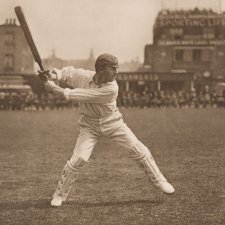
Gideon Haigh discusses portraits of Australian cricketers from the early 20th century
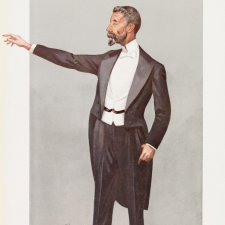
Ashleigh Wadman rediscovers the Australian characters represented with a kindly touch by the British portrait artist Leslie Ward for the society magazine Vanity Fair.
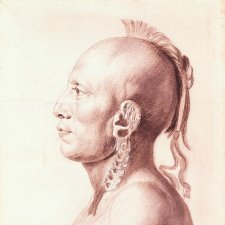
Joanna Gilmour examines the prolific output of Charles Balthazar Julien Févret de Saint-Mémin, and discovers the risk of taking a portrait at face value.
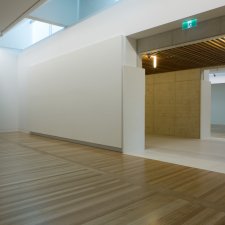
Christopher Chapman highlights the inaugural hang of the new National Portrait Gallery building which opened in December 2008.
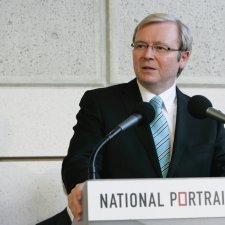
In his speech launching the new National Portrait Gallery building on 3 December 2008, then Prime Minister Kevin Rudd set the Gallery in a national and historical context.
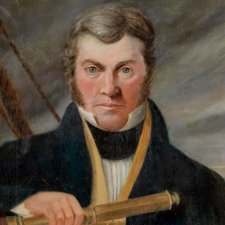
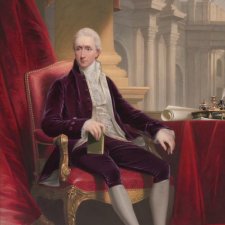
Angus Trumble reveals the complex technical mastery behind a striking recent acquisition, Henry Bone’s enamel portrait of William Manning.
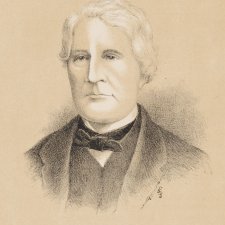
Grace Carroll on the gendered world of the Wentworths.
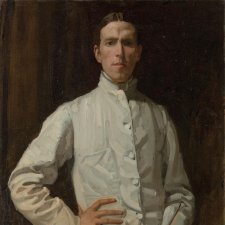
Inga Walton on the brief but brilliant life of Hugh Ramsay.
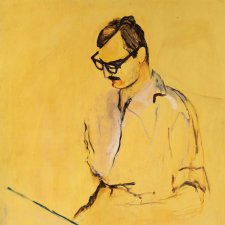
Roger Benjamin explores the intriguing union of Lina Bryans and Alex Jelinek.
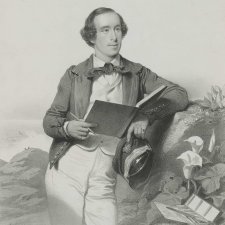
Dr Sarah Engledow explores the lives of Sir George Grey and his wife Eliza, the subjects of a pair of wax medallions in the National Portrait Gallery's collection.
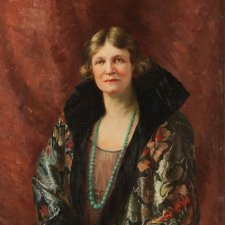
Penelope Grist explores the United Nations stories in the Gallery’s collection.

Joanna Gilmour discovers that the beards of the ill-fated explorers Burke and Wills were as epic as their expedition to traverse Australia from south to north.
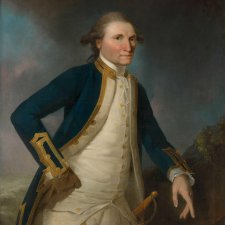
Sharon Peoples contemplates costumes and the construction of identity.
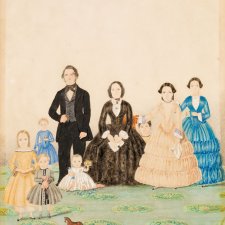
Jo Gilmour uncovers endearing authenticity in the art of a twice-transported Tasmanian.
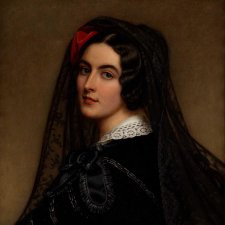
Joanna Gilmour explores the fact and fictions surrounding the legendary life of Irish-born dancer Lola Montez.
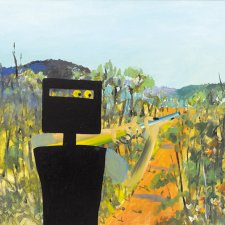
Australian character on the market by Jane Raffan.

Joanna Gilmour accounts for Australia’s deliciously ghoulish nineteenth century criminal portraiture.
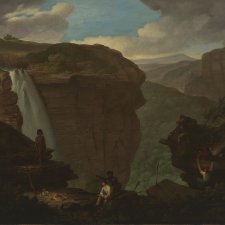
The London-born son of an American painter, Augustus Earle ended up in Australia by accident in January 1825.
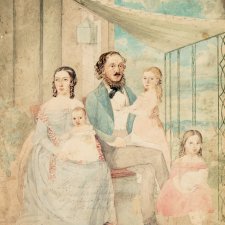
The art of Australia’s colonial women painters affords us an invaluable, alternative perspective on the nascent nation-building project.
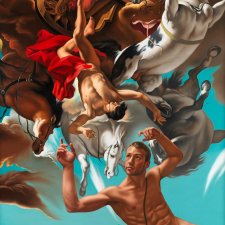
How seven portraits within Bare reveal in a public portrait parts of the body and elements of life usually located in the private sphere.
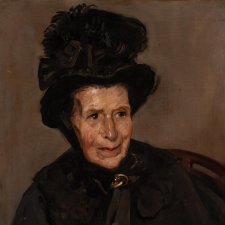
Joanna Gilmour profiles Violet Teague, whose sophisticated works hid her originality and non-conformity in plain sight.
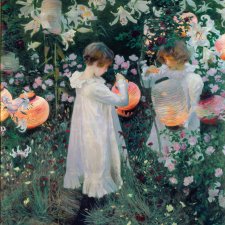
John Singer Sargent: a painter at the vanguard of contemporary movements in music, literature and theatre.
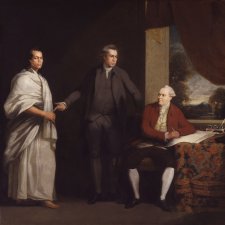
Representations of the inhabitants of the new world expose the complexities of the colonisers' intentions.
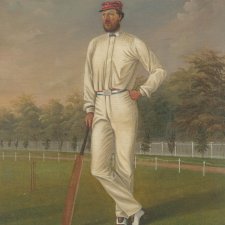
The tragic tale of Tom Wills, the ‘inventor’ of Australian Rules Football.
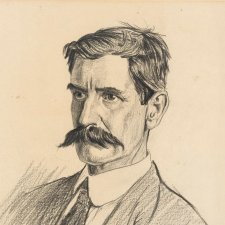
Sarah Engledow ponders the divergent legacies of Messrs Kendall and Lawson.
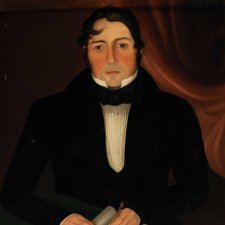
Joanna Gilmour explores the life and times of convict-turned-artist William Buelow Gould.